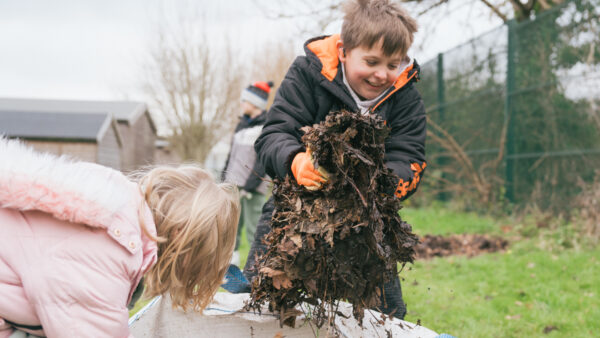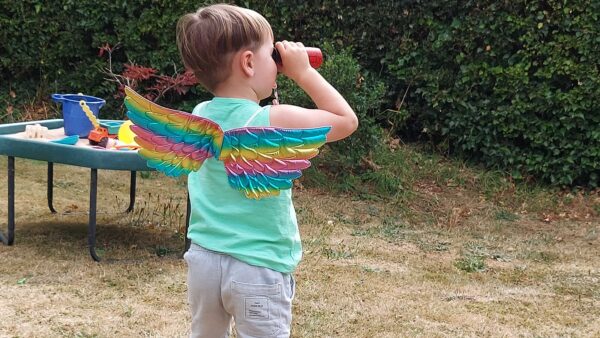This best practice guide has been updated in 2025 and is designed to improve accessibility of countryside and public greenspace in England and Wales.
What is By All Reasonable Means about?
This document is a framework for thinking about equality of access to outdoor sites and trails for people of all ages, circumstances and backgrounds.
It provides practical support to help land managers improve accessibility of their sites, routes and facilities, particularly for people who have limited opportunities to enjoy these places.
The guide combines the England and Wales versions of ‘By All Reasonable Means’ (BARM). It has been updated to align with the ‘Outdoor Accessibility Guidance’ 2023 which is a source of more detailed guidance and specifications.
Who is By All Reasonable Means for?
This document is for organisations, owners and managers who are responsible for providing public outdoor access and recreation.
Outdoor access and the Equality Act
By All Reasonable Means moves the agenda on from the Disability Discrimination Act to the wider remit covered by the Equality Act 2010.
The guide talks about improving access in relation to all of the nine protected characteristics. This reflects the commitment of Natural Resources Wales and Natural England to making the environment inclusive and ensuring that staff are up to date with current legislation and best practice.
Using the principle of Least Restrictive Access
By All Reasonable Means balances access with the conservation of natural heritage. It acknowledges the reality of limited resources, and provides a realistic, practical and effective approach to encourage more action by managers and owners. The aim is for more access in more places for more people.
It is based on Least Restrictive Access, an approach that aims for the highest standards possible for a particular piece of work. In the absence of statutory standards for outdoor access improvements, the guide shows how owners and managers can identify standards and techniques appropriate to their site.
It also incorporates the Access Chain, a tool developed by the Sensory Trust to outline the different parts of the visitor experience, from decision to visit to the experience on site and the journey home, and the connections between them.
Image credit: Natural Resources Wales



